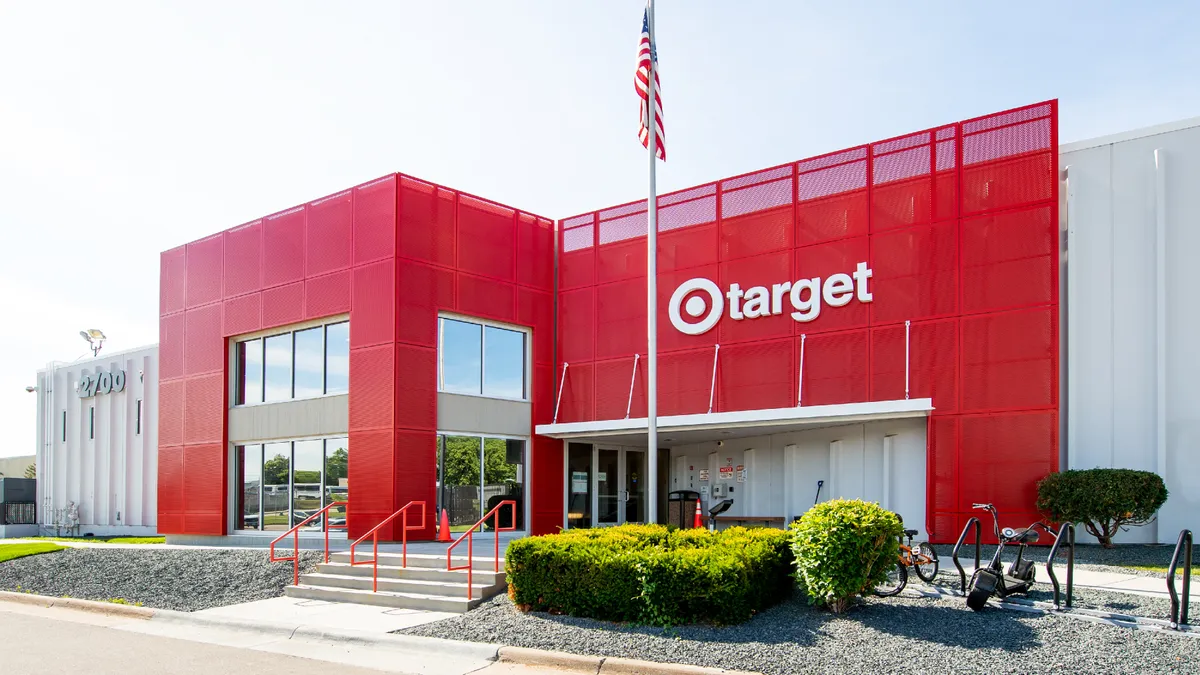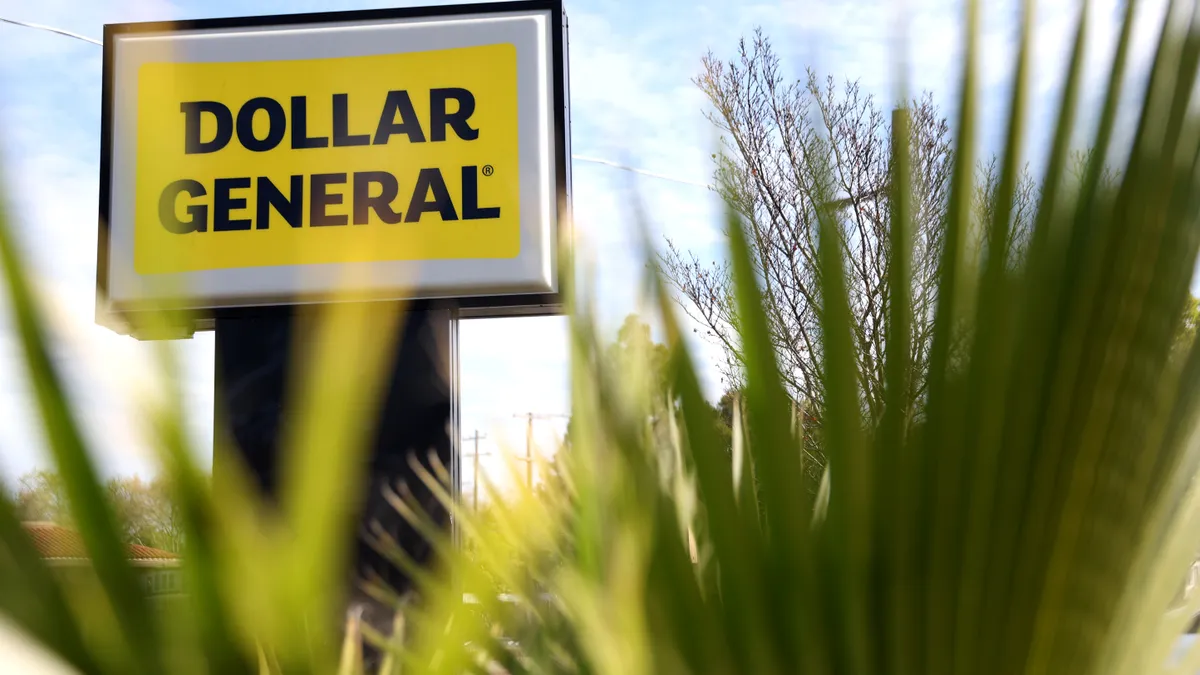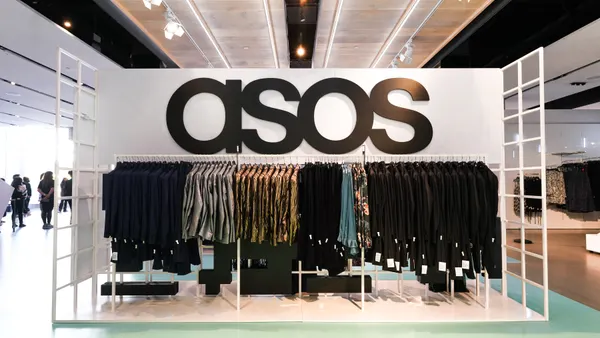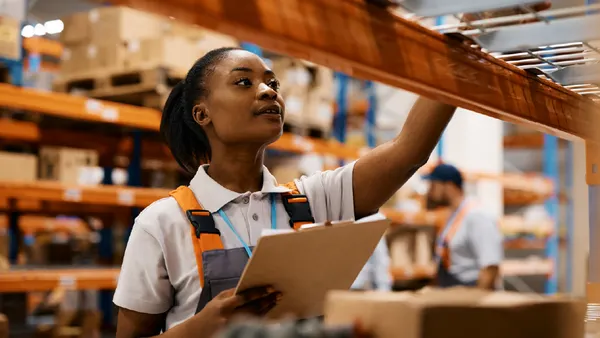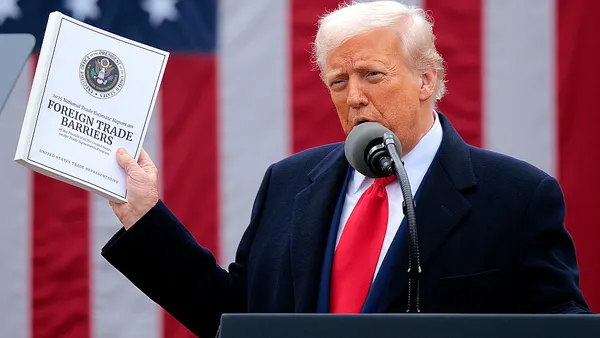Dive Brief:
- Target has at least 10 additional supply chain facilities in the pipeline that will be operating within the next decade, CEO Brian Cornell said on the retailer’s fourth-quarter earnings call last week.
- The growth builds on investments Target has made into its supply chain in recent years. “In less than 10 years, we've created, acquired and constantly advanced sortation centers, upstream distribution centers, food distribution centers, and a steady stream of replenishment, technology, and logistics innovation,” Cornell said.
- Target’s supply chain investments have helped increased efficiency and profitability, as have its inventory management efforts. “Without the need to manage overfilled back rooms, store teams were able to flow product onto their sales floor more easily and increase their focus on guest facing work,” Michael Fiddelke, Target’s CFO and COO, said.
Dive Insight:
For Target, its backend operations and appeal to customers are two sides of the same coin. Executives framed investments into supply chain as a pathway to increasing the company’s importance to its customer base.
“Without huge investments in stores, supply chain and tech, there is no Drive Up or Order Pickup, which were monumental growth drivers during COVID and today,” Cornell said. “And without stores, supply chain and tech, and providers like UPS, FedEx, and Shipt, there is no home delivery, which is ready for a step-change in guest acquisition, satisfaction and loyalty.”
As the retailer builds out its supply chain infrastructure, it’s also investing to get more precision in inventory planning. “We're partnering with teams across the company to enhance our inventory positioning and demand forecasting, leveraging AI and machine learning to enhance our speed, consistency and efficiency,” Fiddelke said.
Already Target’s efforts to pare down its inventory in the face lackluster demand have been critical to selling profitably in a tough market. For Q4, the company’s operating income ballooned by 61% year over year to just under $1.9 billion while its inventory was down 11.9% YoY in the period.
For the full year, Target’s various efficiency efforts saved the company more than $500 million in 2023, Fiddelke said. The company credited its inventory management with many of the the improvements.
“It was a dedication of our team that allowed us to maintain leaner, healthier inventory levels last year, which positions us well as we enter a new year,” Chief Growth Officer Christina Hennington said on the call. “This led to stronger profit outcomes, improved in-stocks, and perhaps most importantly, increased flexibility, allowing us to react quickly to changing trends.”
Explaining further, Hennington pointed to categories like apparel, where Target’s response to tepid demand has been to hold off on planned inventory purchases and keeping its open-to-buy budgets free, which allows it to chase after trending merchandise. That, in turn, has led to the best in-stock levels in four years even with inventory levels down, Hennington noted.



